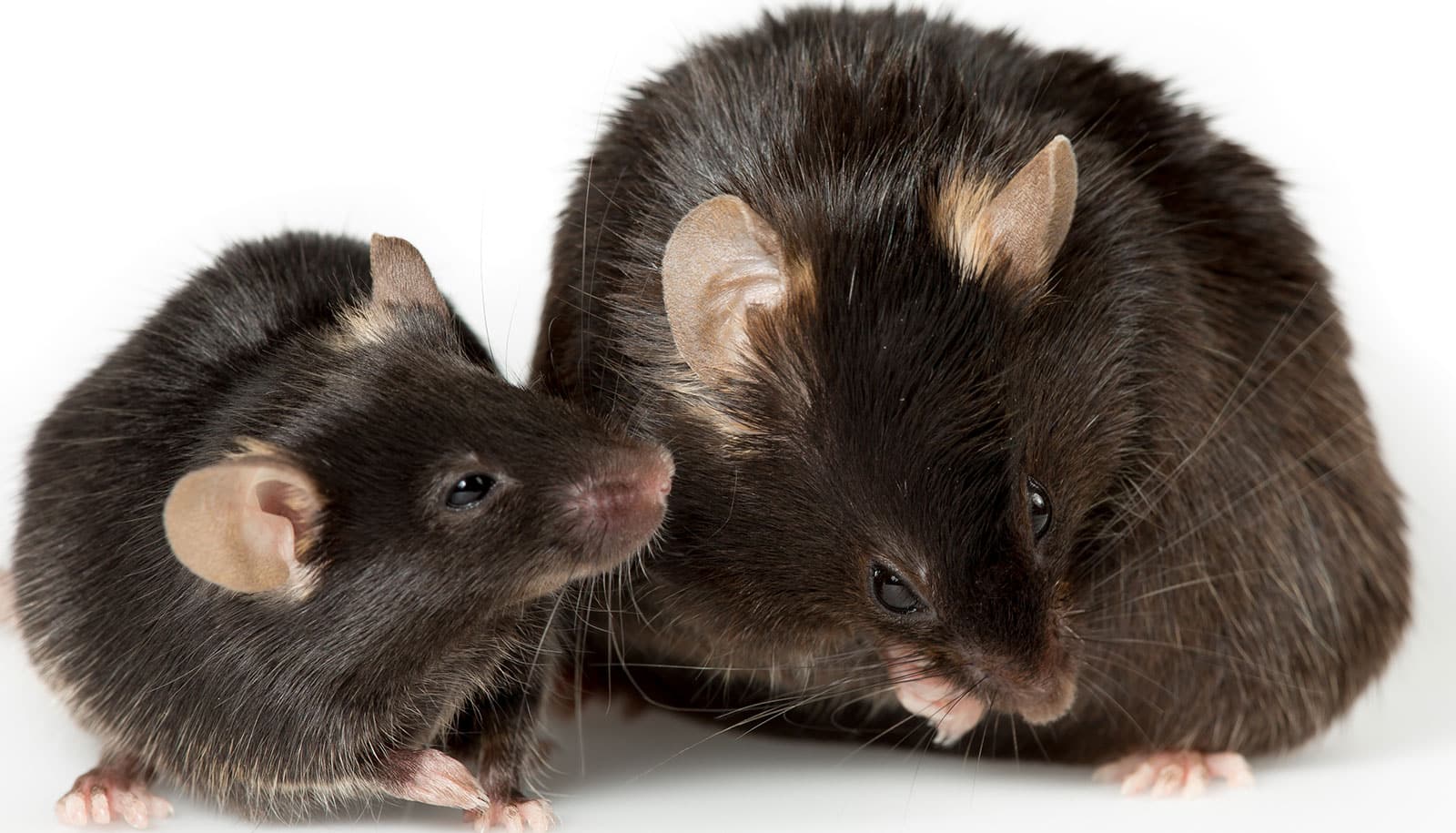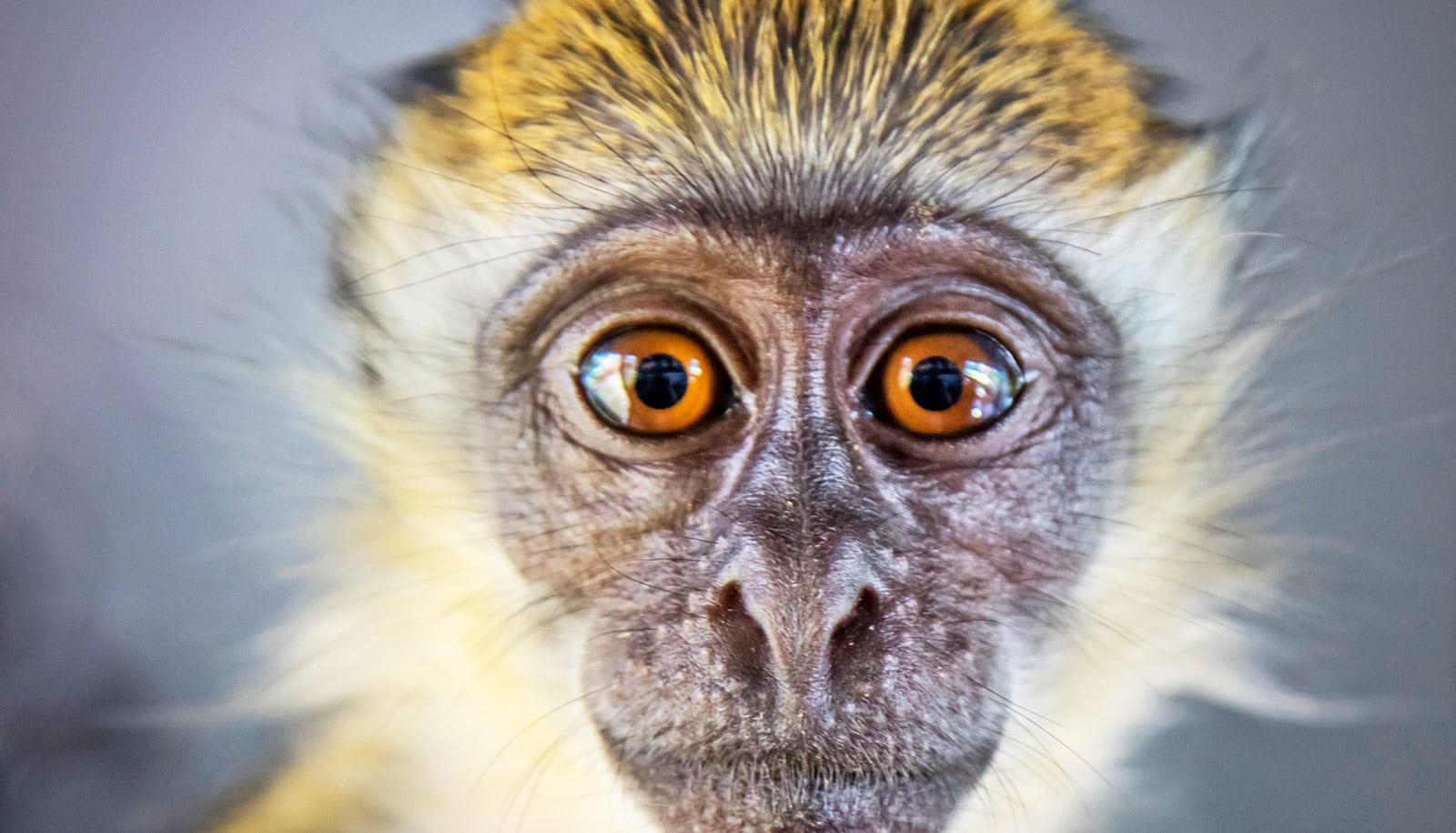The offspring of lactating mice missing fiber in their diet may be highly prone to developing obesity, a new study shows.
Those offspring lack microbial diversity in their gut and have low-grade inflammation, the researchers report.
The findings in the journal Cell Host & Microbe could help explain why obesity is increasing, especially in children. However, because the experiment was conducted in mice, the researchers can only speculate how much the results translate to humans.
“As long as young mice were maintained on a standard diet, there was no difference in their weight or other metabolic parameters, regardless of whether or not their mother ate fiber,” says senior author Andrew Gewirtz, professor in the Institute for Biomedical Sciences at Georgia State University.
“But striking differences occurred when they were exposed to a Western style diet. The mice from the fiber-deprived mothers gained striking amounts of weight. The mice from the mothers who had the fiber diet gained only small amounts of weight on this diet.”
A Western style diet, also known as a fast food diet or obesogenic diet, is high in fat and low in fiber. The standard diet that young mice are raised on is a relatively healthy, mostly plant-based diet with a small amount of animal products.
If these results translate to humans, it could help explain cases in which adolescents have very easy access to fast food diets, but some exhibit large increases in adiposity while others remain fit and lean.
The study also found that if mothers were not consuming fiber, then the offspring didn’t get particular bacteria. If offspring don’t have those bacteria, or unless the bacteria are deliberately administered, the fiber by itself doesn’t provide a health benefit. The fiber is only beneficial if bacteria are there to metabolize it, Gewirtz explains.
The researchers studied the offspring’s fecal matter to determine the bacteria they were missing.
“They’re missing beneficial bacteria that help keep out inflammatory bacteria,” says lead author Jun Zou, a research assistant professor in the Institute for Biomedical Sciences. “The beneficial bacteria do two particular things. They can metabolize the fibers to produce beneficial products such as short-chain fatty acids and exclude bacteria that are pro-inflammatory.”
One limitation of the study was the way the experiments were performed. The mice were kept in cages in a research facility, so they didn’t have other ways of acquiring these beneficial bacteria, unless they were deliberately administered to them. This differs from human experience. Even if a child’s mother didn’t eat fiber, that child might be able to play with other children at daycare and acquire these bacteria.
“That’s one reason that our findings might not apply to humans, but we just don’t know,” Gewirtz says.
Next, the researchers want to understand the mechanism behind why some mice are so prone to gain weight when exposed to obesogenic diets and then develop simple approaches to prevent passing along an unhealthy microbiome. For instance, perhaps a pregnant woman could be given dietary supplements of fiber, probiotics, or a combination of the two.
Additional authors are from the Center for Inflammation, Immunity and Infection at the Institute for Biomedical Sciences. The National Institute of Diabetes and Digestive and Kidney Diseases (NIDDK) of the National Institutes of Health and American Diabetes Association funded the work.
Source: Georgia State University



